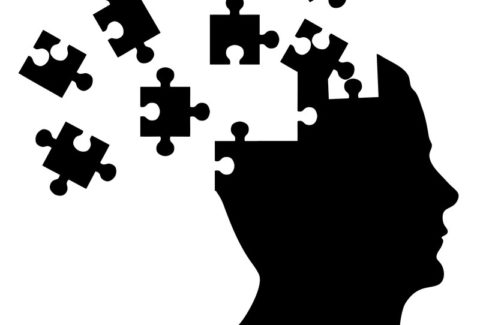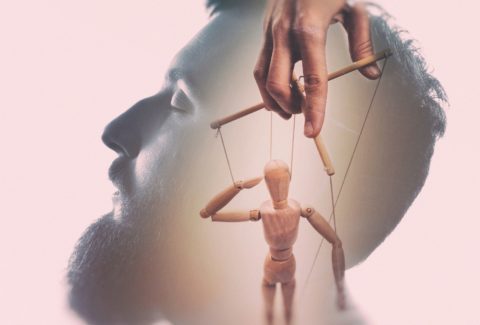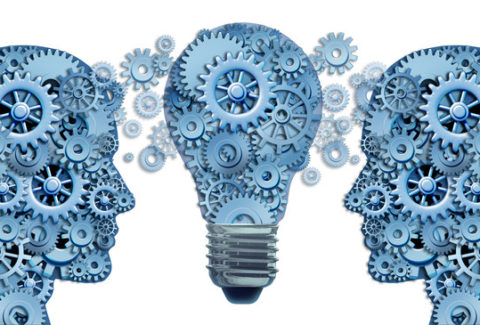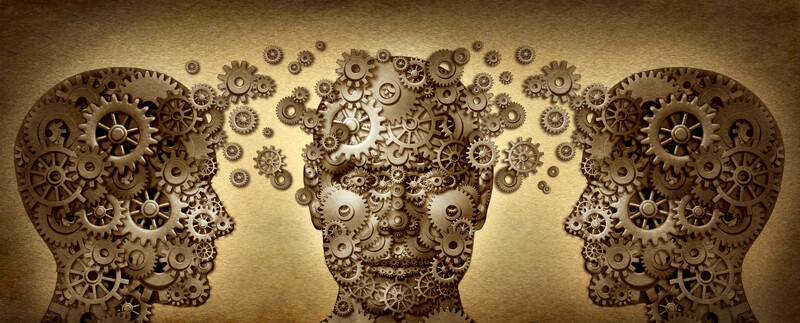36 Reality-Based Thinking Results to Go By
We do or behave, both consciously and unconsciously, and when what we do or how we behave takes place regularly, frequently, and with enough intensity, it becomes a habit. These habits lead us to the results we get in every single area of our life.
This concept is simple and revolutionary, common, and extraordinary. And, it is both outcome and process-driven.
Here is why?
-
Our results tell us how helpful or unhelpful our behavior is
-
How we behave is closely related to how we feel
-
How we feel is intrinsically linked to what and how we are thinking.
If this sounds like the CBT Link, then that is partially accurate. And, it goes beyond it.
Depending on which scientific field you align the most with, you will find that different systems of thinking explain different phenomena. Regardless of how many systems of thinking we may be familiar with, all of them can be categorized under two overarching systems of thinking: Illusory-Based System of Thinking and Reality-Based System of Thinking.
In a previous article, we talked about Illusory-Based Thinking, and in this article, we are going to focus on the Reality-Based System of Thinking.
Let us use the Behavior-Feeling-Thought Triad as the lens by which we look at Reality-Based Systems of Thinking. We have a thought, and the feelings associated with that thought influence our behaviors. These become our habits, and as we stated earlier, these habits are then responsible for the results we get, which would be all Reality-Based.
The next question to ask is: What do those results look like? Knowing what the Reality-Based results are will allow us to:
-
Become aware of them
-
Notice when we are not experiencing them
-
Notice when we are experiencing opposite results from what was expected
-
Recognize which behaviors we may need to practice to arrive at the desired results
-
Use these results or their lack thereof to guide us in our shifting process
-
Make shifts as fast as possible because the results are the ultimate expression of the predominant system of thinking.
Now, here are some examples of Reality-Based Systems of Thinking results:
-
Stable self-concept
-
Stable self-image
-
Stable self-worth
-
Stable self-esteem
-
Stable self-confidence
-
Stable self-efficacy
-
Authenticity
-
Genuineness
-
Aliveness
-
Empowerment
-
Self-actualization
-
Fulfillment
-
Freedom
-
Sense of safety and security
-
Authentic success
-
Authentic happiness
-
Unconditional Love of others
-
Unconditional Love of self
-
Forgiveness of others
-
Forgiveness of the self
-
Peace
-
Joy
-
Calmness and Relaxation
-
Wellness
-
Wellbeing
-
Strength
-
Energy
-
Resilience
-
Endurance
-
Flexibility
-
Harmonious health
-
Harmonious relationships
-
Harmonious self-expression
-
Harmonious contribution
-
Harmonious growth
-
Harmonious living
With intention, we have placed three dozens of the most common results that are associated with a Reality-Based System of Thinking, and we now have a few inquiries for all of us to delve into:
-
What are your thoughts on the 36 results of Reality-Based Systems of thinking?
-
Which ones are part of your own experience the most, and which ones are not?
-
Which ones would you like to start experiencing the most, and what is your plan?
Here is another set of questions:
-
What would your life be like if you could claim for sure the majority of these results for you, for your loved ones, and your patients and clients?
-
What about if the above results permeated the world and were the predominant effects we could all perceive?
-
What would the world be like? Would we still need to “change” the world?
-
Is it possible for us to see the world experiencing those results? If so, how do we go about doing so?
-
And, can we start without first switching to a Reality-Based Systems of Thinking ourselves?
Reading this article is already a huge step. If, in addition to reading this article, you are part of our current Psychotherapy Certificate Course, where the purpose is to help all of us switch to a Reality-Based System of Thinking, to cease suffering, and reap the benefits of a Reality-Based System of Thinking, then you are on your way to being part of the 3-5% of the world. This also means you will have no option but become known as a model for the world. Just like:
-
Mahatma Gandhi,
-
Martin Luther King
-
Mother Theresa
-
Marie Curie
-
Abraham Lincoln
-
Albert Einstein
-
Nelson Mandela
To name a few.
Friends and colleagues: We have come to this field to help end the suffering of others. This course allows us to see how the traditional way of doing things has often lead to more problems. The course helps us understand what the root cause of suffering is, how to put an end to it, and how to not just “survive” in the world, but to express the greatest version of ourselves.
What is your next best step? See you on Tuesday, November 3, 2020, 7-9pm (EST), when we will be talking about Role and Modeling?
We will be thrilled to see you, and you will be glad you came.
See you then,
Karen and Mardoche









